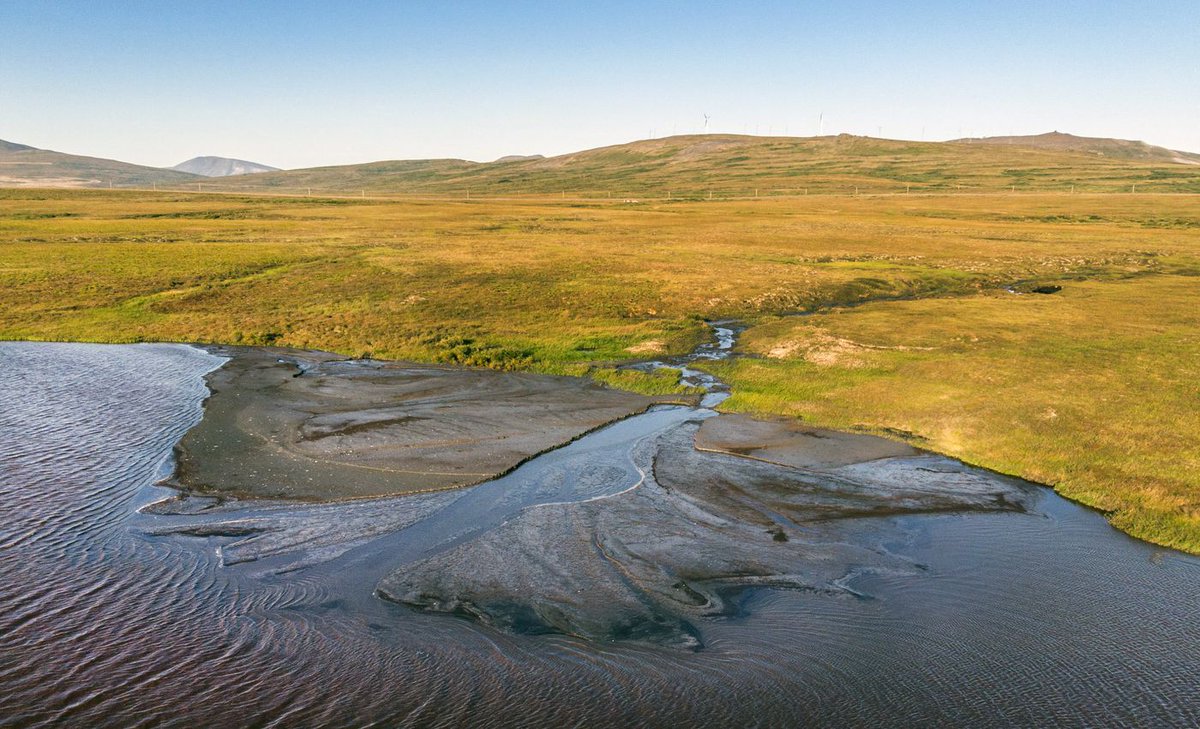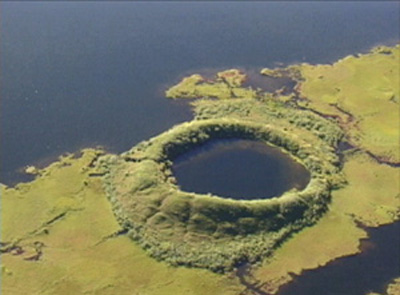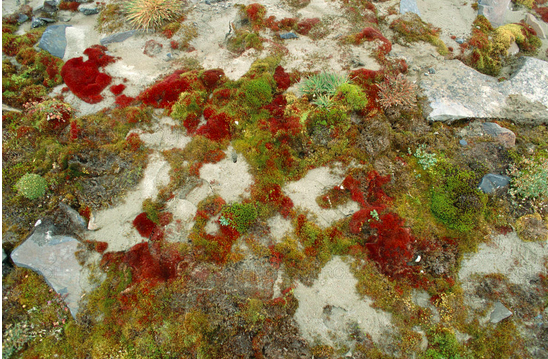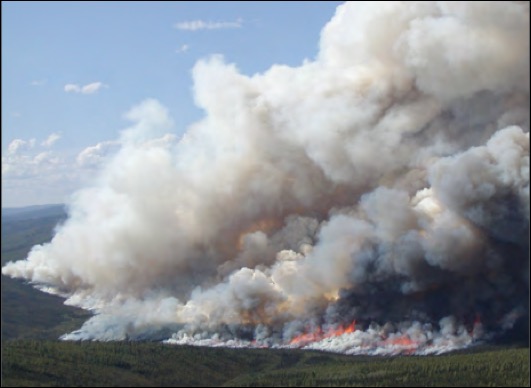
It's a great day for a permafrost mash-up! Let's combine a few things I love - permafrost, language, & culture. Follow this thread if you want to learn some *cool* words from across the Arctic. Great for Scrabble or your next northern adventure. My top 10 #Permaterms 1/ 

My first #permaterm is pingo, which means small hill in Inuvialuit. A pingo is a mound in the permafrost region that has a core of massive ice & covered w/ soil & vegetation. Several are protected in the Pingo National Landmark area,Tuktoyaktuk Northwest Terroritories Canada. 2/ 

Pingos vary in size & can have a crater that form as the surface ruptures during doming. The term pingo has been part of western science lexicon since the 1930’s (attributed to botanist Alf Porsild) & today is preferred over the older technical term hydrolaccolith. 3/ 

Almost the opposite of pingo, my #2 #permaterm is alas, of Sakha (Yakut) origin. Refers to surface depressions from thawing ice-rich permafrost. Initially water-filled, the Sakha word alaas means meadow in the forest. Alas long have been important to subsidence grazing. 4/ 

The term alas is related to a Russian word I learned in Siberia about 20 yrs ago, which is *mezhalasye*. This word refers to extensive plateaus or flatlands that form when drained alas lakes coalesce w/ each other. Photograph by @TundraTime. See also permafrost.gi.alaska.edu/project/thermo…. 

Here is a useful cartoon of open versus closed pingo systems, how they form and mature over time. And it introduces a new term - cryovolcanism! nature.com/articles/s4159… 

My #3 #permaterm is baydzherakh, also of Sakha origin to describe changes that occur with thaw of ice-rich permafrost. While alas involves ponding and drainage in more flat regions, as the ground thaws & subsides in upland sloped areas it leaves behind mounds or baydzherakhs. 6/
My #4 #permaterm is one I learned at a northern engineering workshop. Permacrete (no not the product below) is frozen soil cemented by pore ice, used for construction like walls, underground tunnels, etc. The "concrete of the Arctic" - strong...so long as it remains frozen. 7/ 

My #5 #permaterm is the Icelandic thúfa or Finnish pounu to describe a cold region earth hummock. These mounds (thúfur plural) form via deep seasonal freezing & frost heave. They're found in current or historical periglacial environments, so not dependent on permafrost. 8/ 

If thúfur make me think of fairies & magic, not sure what to say about my next #permaterm. #6 is drunken forest, which describes tilting of trees on ice-rich terrain subjected to frost heave or thaw. We use drunken forests as one diagnostic of recent/active permafrost thaw. 9/ 



My #7 #permaterm is a two-for-one! Gelifluction is slow mass wasting- or the downslope flow of unfrozen earth over deeply frozen ground or permafrost. It’s the cold-climate version of *solifluction*. Gelifluction can produce striking lobes or tongue-shaped patterns of earth. 10/ 

Extraterrestrial gelifluction lobes?! Tongue-shaped landforms on Mars are inferred to result from the slow downslope flow of saturated unfrozen materials. That is super cool! Figure from Johnsson et al. (2012) doi:10.1016/j.icarus.2011.12.021 11/ 

My #8 favorite #permaterm is lithalsas. These are permafrost mounds formed by ice segregation in mineral soils. Whereas palsas are cryogenic mounds covered by peat, lithalsas lack peat accumulation or the peat eroded away. Image: doi.org/10.1016/j.geom… 12/ 

Many "relict pingos" in western Europe likely are lithalsas, which can be concentrated in oceanic areas. Here is an image of a @GSC_CGC lithalsa site outside Yellowknife NT Canada. I've been to this site & can confirm zero peat. Boo to that. 13/ 

#9 #permaterm is talik (origin from Russian word tayat ‘melt’), or year-round unfrozen ground in a permafrost system. Closed taliks are surrounded by permafrost, though they can be open to the top (ex. under thermokarst lake), or open to both top & unfrozen layers (through). 14/ 

#9 cont. - suprapermafrost refers to ground layers above permafrost (seasonal thawed active layer, talik & pereletok if present). Pereletok (Russian, survives over summer) is material that freezes at base of active layer for one or several summers but thaws. Tough to measure! 15/ 

#10 #permaterm is retrogressive thaw slump (RTS), spectacular slope failures & landslides caused by thawing ice-rich permafrost. It forms U-shaped scars that are becoming more common in the Arctic. The term RTS seems to be replacing *thermocirque*. Language is not perma-nent! 16/ 

#11 favorite #permaterm is ognip. I first heard of the word ognip ~5 yrs ago & laughed. It's pingo backward (see term #1) & is used to describe the hole left when a pingo completely collapses. Are the holes popping up across Siberia explosive craters, ognips, or some combo? 17/ 

My #12 #permaterm is soil ♥️. Cryoturbation (from Greek prefix kryos meaning cold or icy) is the mixing of soil horizons due to freeze-thaw (cold + water-ice phase change). It can lead to patterned ground & also inspired this musical composition! 18/ 

It's a wrap for my favorite #permaterms. Science terms can be alienating. I hope I've shown you the language itself can be beautiful & evolving. As permafrost changes, so too does our language to describe it. Please let me know which is your favorite or drop a new one. ♥️ 19/19
• • •
Missing some Tweet in this thread? You can try to
force a refresh









